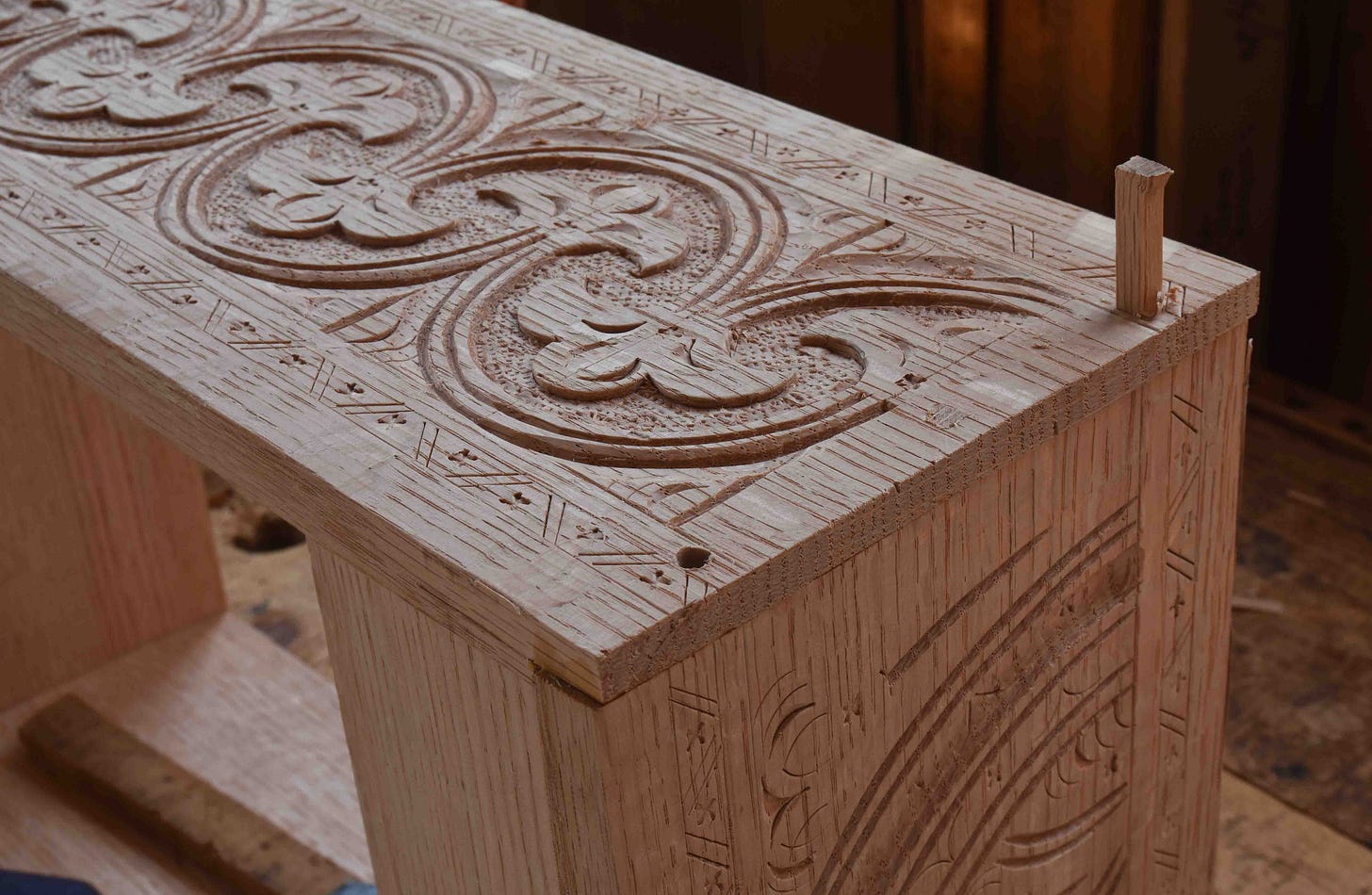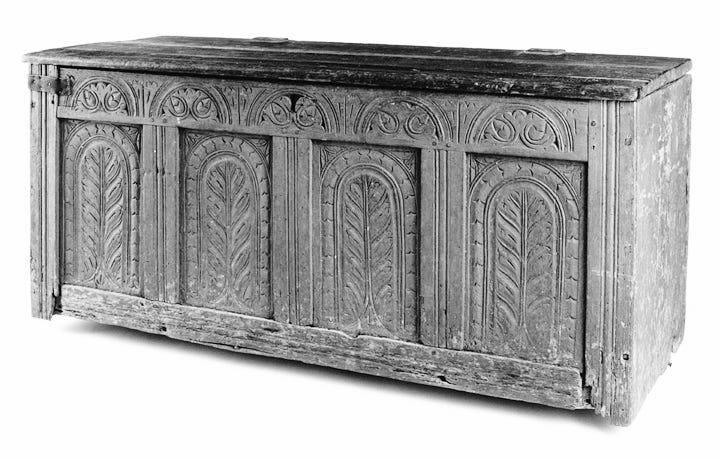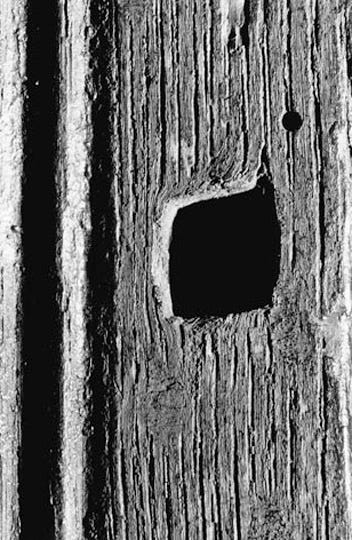I’ve been making a carved box this week - what a surprise. This one came about because I’ve been recording videos for a new series on carving the works of William Savell and his sons John and William. This box is patterned after one we attribute to William Savell, Sr.
Today I was at the point where I peg the rabbet joints at the corners with square oak pins. The boxes the Savells made are all pegged, not nailed, at the corners. Most period boxes are simply nailed there - no need for glue, just line it up, bore a pilot hole and get it knocked together. The Savell shop is not unique for pegging the joints, I’ve seen others, but it’s certainly not common. Quite unusual.
Our language has a phrase that implies a square peg in a round hole is a poor fit. But this is not the case in joiner’s work. If you zoom the photo of my peg just driven in, you can see the corner of the peg shredding as it was driven. I try to size them so they effectively ream the hole into a square. Even oak is compressible enough to do this. In her early notebooks, Jennie Alexander and others spent time wondering how “they” (the period joiners) made square holes for pegs like this. Turns out all JA had to do was start making square pegs and driving them into the round holes to see the result.
There’s only two large case pieces we attribute to William Savell, Sr - one a cupboard at Winterthur and the other a chest at the Smithsonian. Here’s that chest:
What stands out with this piece and the Winterthur cupboard is their construction - they’re board cases with joined fronts attached to them. How are these joined fronts attached? With square wooden pins securing a rabbet joint.
Keep reading with a 7-day free trial
Subscribe to Follansbee's Substack to keep reading this post and get 7 days of free access to the full post archives.







